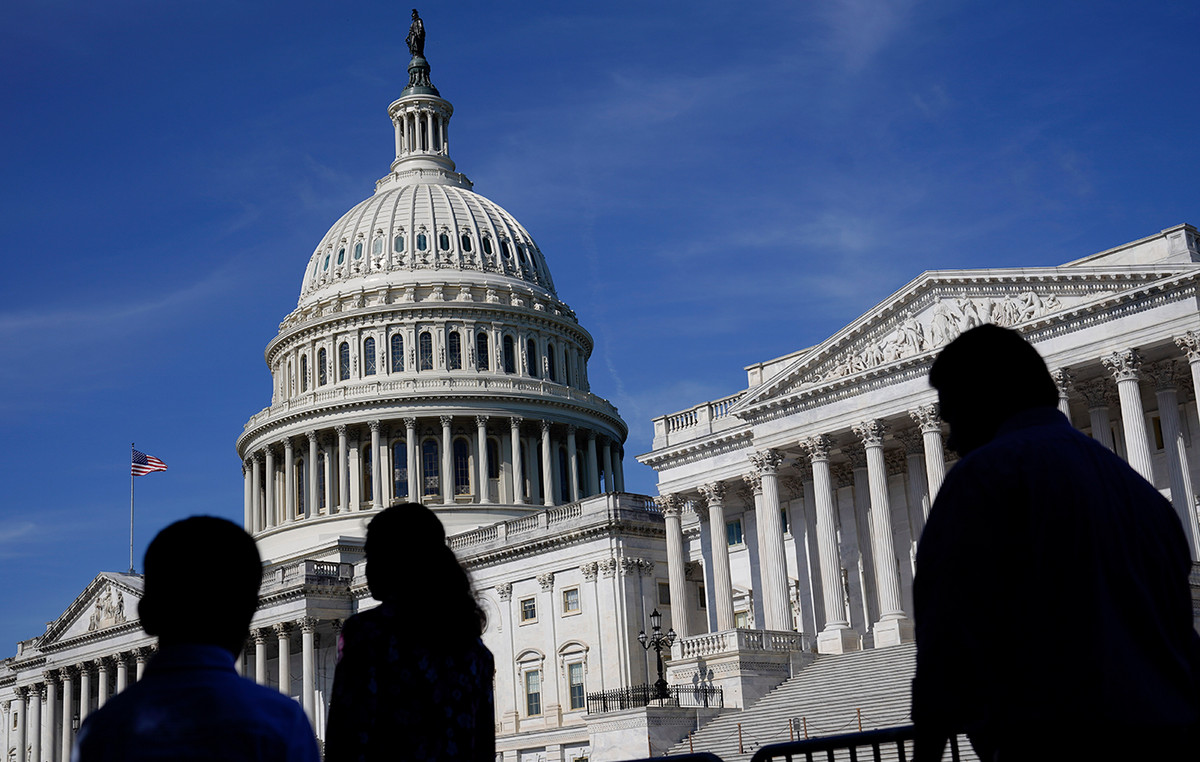He President of the Federal Reserve of St. Louis, Alberto Musalemsaid Friday that expects This year’s economic growth is lower than the trendaccording to Reuters.
Key points
“Tariffs, if implemented, have upward risks for inflation, I don’t know if that will be in months, quarters or years.”
“In general, financial conditions have hardened.”
“If the strictest financial conditions are maintained for a few months, that would affect economic activity.”
“The highest inflation and a weaker labor market are closer to the base stage now.”
“If inflation expectations are disagree, the fight against inflation must be prioritized.”
“Tariffs will reduce the activity as companies reconsider supply chains, consumers will face higher prices.”
“Uncertainty about tariff ads is also an obstacle.”
“It could take quarters, years for the effects of tariffs to be felt in the economy.”
“The effect of tariffs on prices could also have an effect on wages.”
Market reaction
The US dollar struggles to find demand after these comments. At the time of the publication, the dollar index was lowering around 1% in the day to 99.92.
Fed Faqs
The monetary policy of the United States is directed by the Federal Reserve (FED). The Fed has two mandates: to achieve prices stability and promote full employment. Its main tool to achieve these objectives is to adjust interest rates. When prices rise too quickly and inflation exceeds the objective of 2% set by the Federal Reserve, it rises interest rates, increasing the costs of loans throughout the economy. This translates into a strengthening of the US dollar (USD), since it makes the United States a more attractive place for international investors to place their money. When inflation falls below 2% or the unemployment rate is too high, the Federal Reserve can lower interest rates to foster indebtedness, which weighs on the green ticket.
The Federal Reserve (FED) celebrates eight meetings per year, in which the Federal Open Market Committee (FOMC) evaluates the economic situation and makes monetary policy decisions. The FOMC is made up of twelve officials of the Federal Reserve: the seven members of the Council of Governors, the president of the Bank of the Federal Reserve of New York and four of the eleven presidents of the regional banks of the Reserve, who exercise their positions for a year in a rotary form.
In extreme situations, the Federal Reserve can resort to a policy called Quantitative Easing (QE). The QE is the process by which the Fed substantially increases the flow of credit in a stuck financial system. It is a non -standard policy measure used during crises or when inflation is extremely low. It was the weapon chosen by the Fed during the great financial crisis of 2008. It is that the Fed prints more dollars and uses them to buy high quality bonds of financial institutions. The one usually weakens the US dollar.
The quantitative hardening (QT) is the inverse process to the QE, for which the Federal Reserve stops buying bonds from financial institutions and does not reinvote the capital of the bonds that it has in portfolio that they expire, to buy new bonds. It is usually positive for the value of the US dollar.
Source: Fx Street
I am Joshua Winder, a senior-level journalist and editor at World Stock Market. I specialize in covering news related to the stock market and economic trends. With more than 8 years of experience in this field, I have become an expert in financial reporting.







